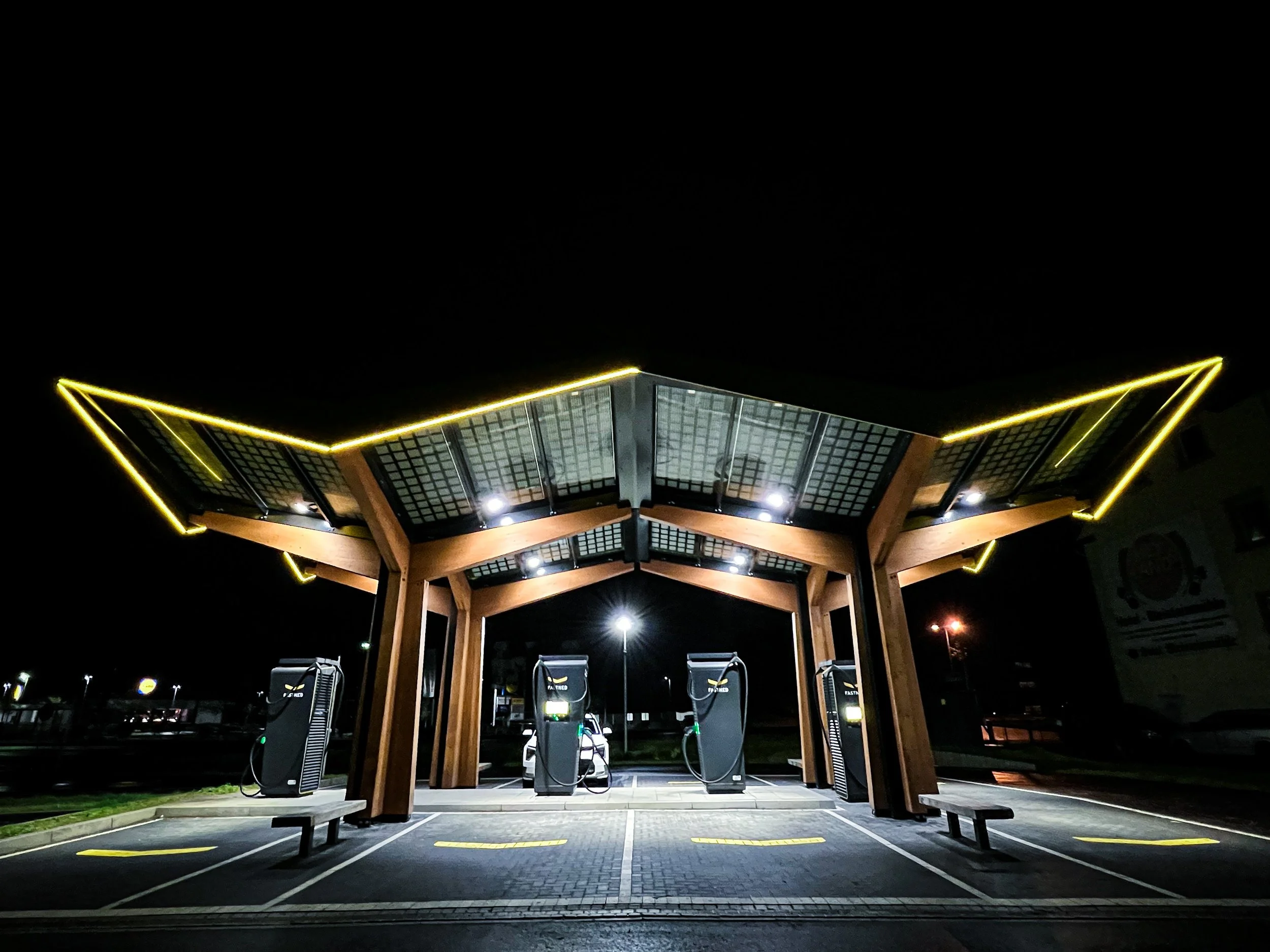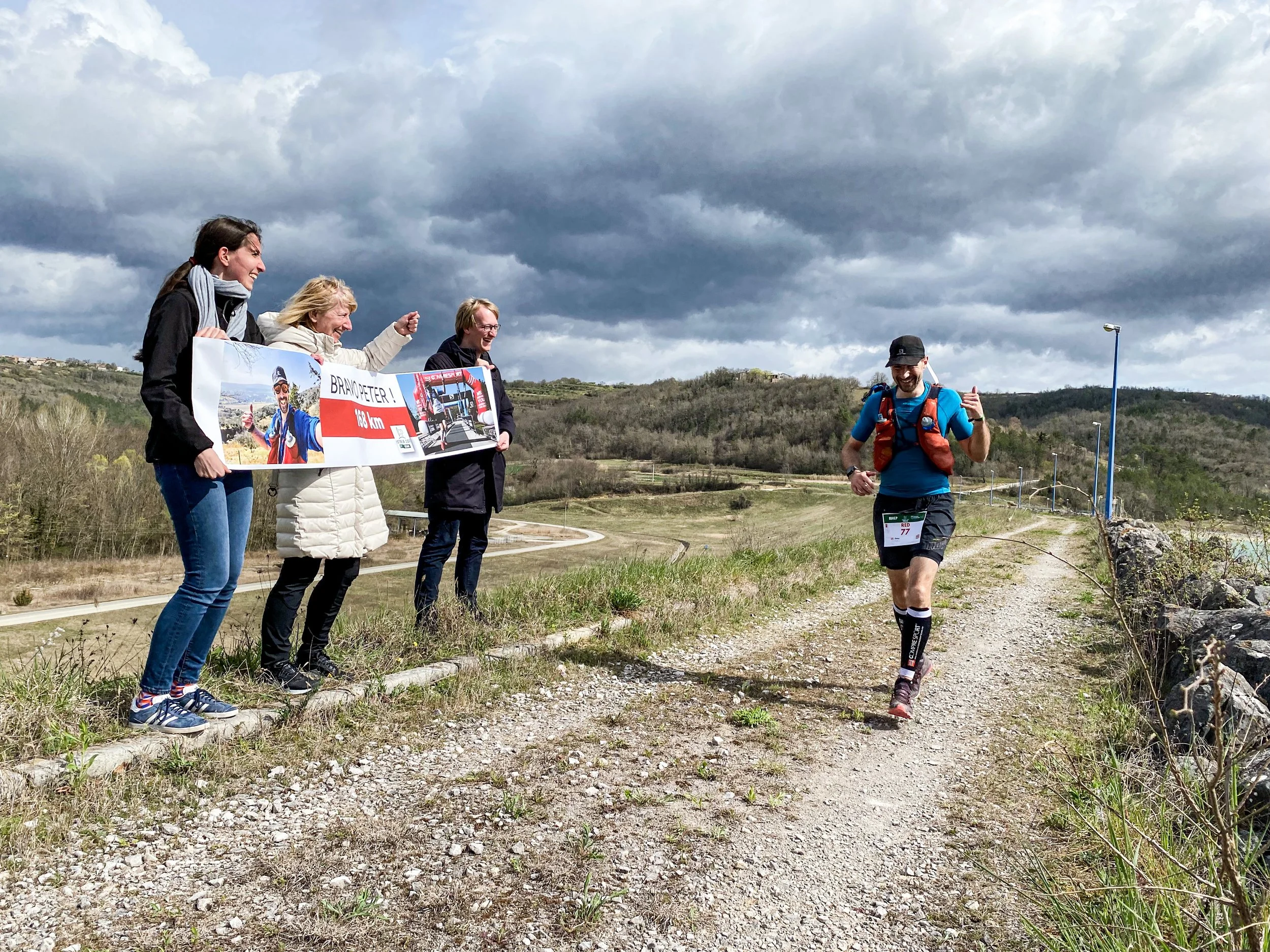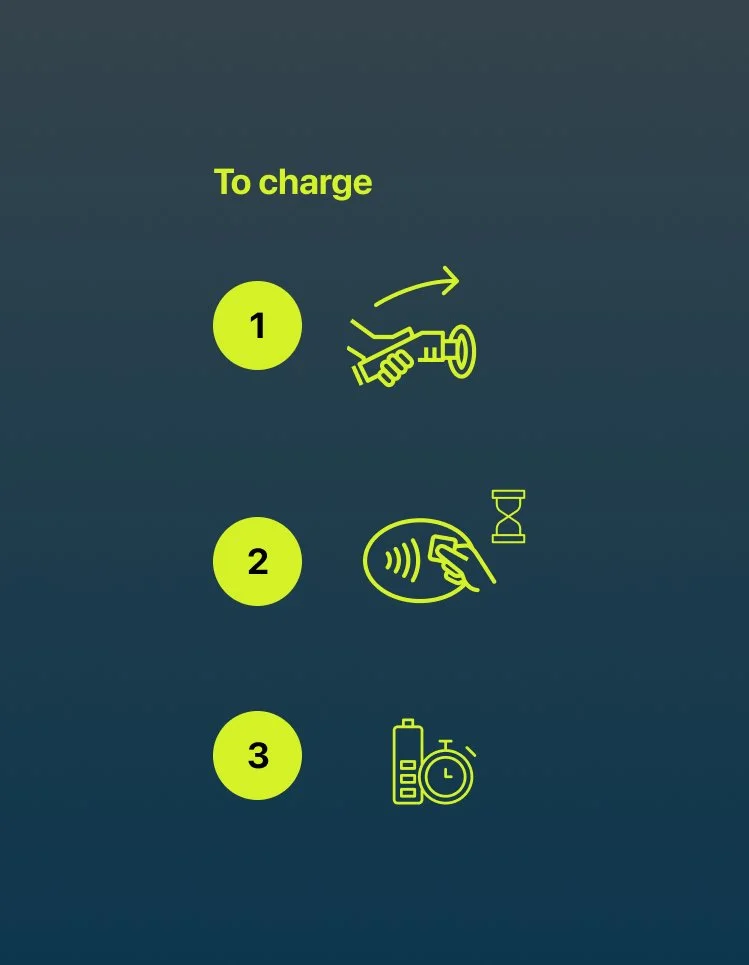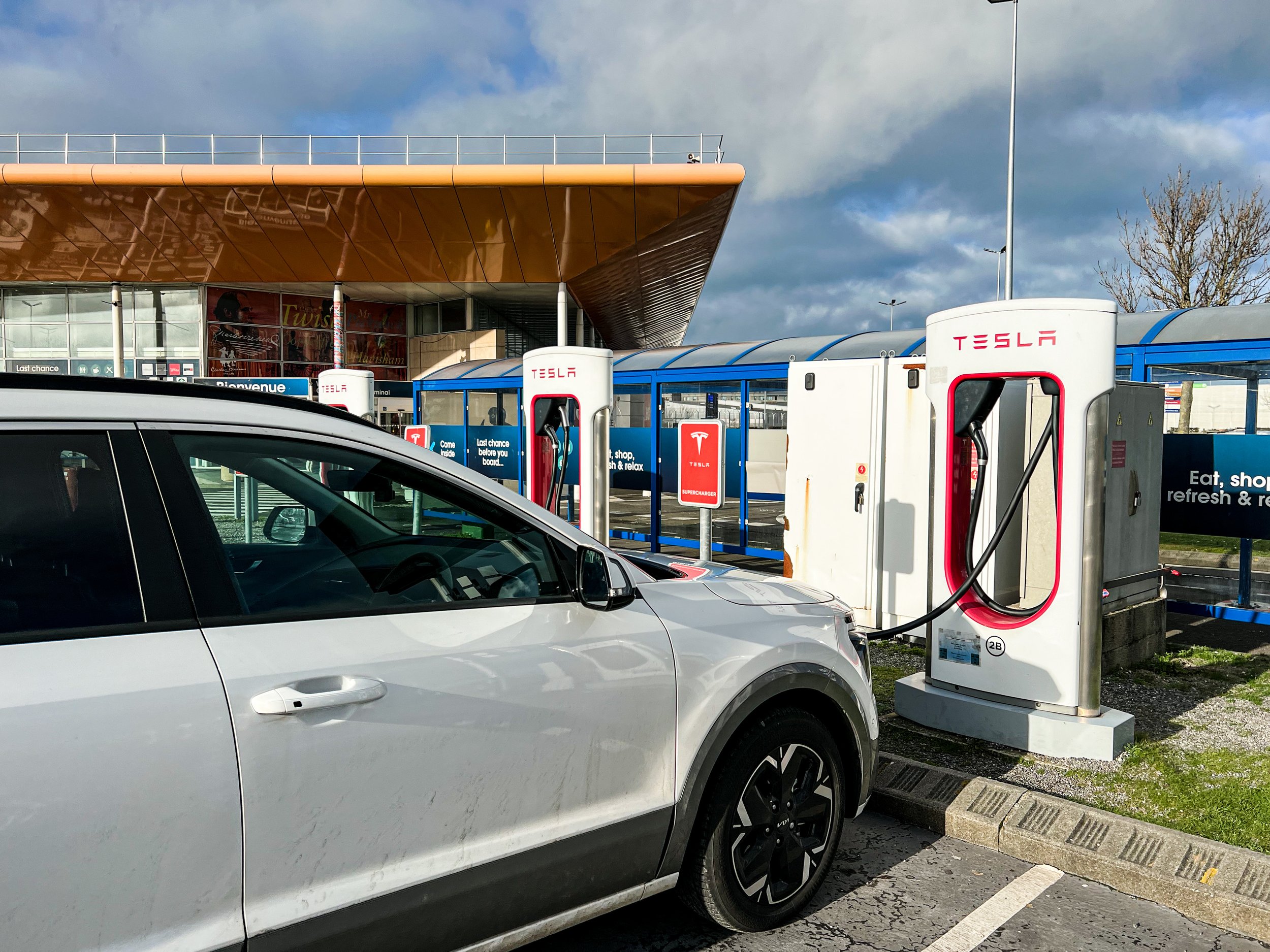Range Anxiety is Bullshit - Part 2
An interaction designer's view on solving some of the basic charging challenges for EVs
Our Kia Niro EV parked at the trailhead in the Mountains of Slovenia … after driving 2000 miles across Europe from London
TLDR
Although range has not caused me any real anxiety yet (read Part 1), what surprised me most about owning an electric car is that there are some pretty basic (and some not so basic) challenges that most vehicle manufacturers and charger networks haven't yet solved that could drastically improve the ownership experience.
Part 1 looked at my experience of driving an EV, whereas this Part 2 looks at the challenges and what opportunities lie beyond them.
Fastned fast charger, Aschaffenburg, Germany
About me
Work
I work as an interaction designer and prototyper at Normally, a data research and design studio.
I've worked on interactive maps for Heathrow airport, complex dashboard designs for clients like Meta and JATO Automotive and built interactive art installations for places like the Carinthian regional museum
Hobbies
I'm an ultra runner living in North London.
Last year I ran 4 ultra-marathons. I crossed the Brecon Beacons National park on my own, ran 100miles in Istria as part of the UTMB world tour championship, ran 80km through Epping forest and North London parks on a whim and endured 100km of torrential rain and snow showers in the Julian Alps.
Driving and EVs
Living in London my training requires me to drive to various trails a lot.
Epping Forest (12 miles round trip), Box Hill (120 miles round trip), and Chilterns (80 miles round trip) are a weekly occurrence.
I drive to Brecon Beacons (190 miles one way) or The Lake District (300 miles one way) at least once a month for a long weekend of running, where I'll camp/sleep/eat in the car.
The Basic Challenges
As electric vehicles take much longer to "fuel" than ICE cars, but can be charged at a number of different places in several different ways, visibility (of chargers) and interoperability (of charge cards, plugs, etc) are the key issues I've experienced and observed.
These could be addressed via:
Building better navigation systems specific to EVs
Enforcing an API standard for charge networks
Adopting a consistent interaction model
*All of the challenges here, are based around charging. Transportation as a service has been left out of this article intentionally.
1
Building navigation systems specific to EVs
Most electric cars out there come with a navigation system adopted from ICE cars lacking the fundamental richness of information required in the EV world.
The systems can navigate from A to B and display chargers on a map. However, with chargers being of such different speeds, reliabilities (user ratings) and offering different plug types, a simple charge icon on a map is far from good enough.
Imagine a food app, showing you all restaurants in the area, when you're trying to find a good pizza place.
Designing a better navigation app
There are two primary use-cases that need addressing:
Scenario A: Around the neighbourhood
I want to find a slow charger near me, or near a destination.
The charger needs to be compatible with my car, needs to be working and available but can be slow. I need to see where it is in relation to the destination.
Scenario B: On the journey
I am traveling. I am using in-car navigation and need to find a fast charger along the way.
In addition to basic criteria (compatible charger, working and available) it's important that the speed is fast (50kW+) and it's not too far away from my route. I need to see what other amenities are nearby so I can pop to the loo and grab some coffee.
Speculative design for Scenario 1: Around the neighbourhood
I want to find a slow charger (with a parking space) near me or near a destination.
Speculative design for Scenario 2: On the journey
I am traveling, I am using in-car navigation and need to find a fast charger along the way.
2
Enforcing an API standard for charge networks
Having tens of apps on your phone and a number of charge cards in the pocket is just silly. Similar to open banking standards and initiatives, surely something similar should happen in this space. And to a degree it is. In 2009 Open Charge Alliance has introduced a standard called OCPP – an open-source communication standard for EV charging stations and network software companies. However many charge networks and charger manufacturers still don't adopt this.
To move beyond this "one app per network" issue and enable a variety of cross-pollinated services to emerge this should be enforced somehow.
What if users could use one app to charge anywhere and monitor their progress?
What if navigation apps were able to book a charger or let others know how long the car will be charging for?
What if 3rd parties could partner with charge networks to offer hybrid services?
What if cities and boroughs could use that charging data to better plan their infrastructure for the future?
Example OpenchargeMap API response
3
Adopting a consistent (and easy to use) interaction model
When at the charger, EV drivers currently need to follow a slightly different procedure (interaction model) depending on the charge network and charger manufacturer each time we want to "fill-up" our cars. Sometimes you tap a card then plug the car in, sometimes you plug-in first, then scan qr code in app, then charge, etc.
Just imagine doing the same in a petrol/diesel car?!
At some point there needs to be a convergence of all these different methods. Perhaps we'll see one for fast and another for all the slow charger? Or perhaps (enabled by interoperable APIs) it'll become automatic like at Fastned's chargers?
How might we speed up the convergence of interaction models?
How might we signpost the interaction model clearer for a more seamless charging experience?
Plug, tap, charge model (found at Allego chargers).
Beyond basics – Adopting a service mindset
To look beyond the basic challenges we need to adopt a service mindset. Start thinking about not just the products (vehicles, apps, chargers), but how they connect and interact with other services (and us) and what experiences that might provide us with in the future. These are my speculations from the sofa about three potential areas of innovation, specific to EVs and charging.
Supercharging destinations
Better connected infotainment systems
Capitalising on data
Supercharging destinations
Unlike ICE cars, EV "fuelling" stations have a much smaller footprint and can be sprinkled all over cities and places. How could we capitalise on this as an opportunity?
How might businesses or business areas partner with charging networks to provide hybrid services?
How might chargers become micro-service stations?
How might vehicle manufacturers use their dealership networks to offer additional services? Could there be a monthly Wash and charge service, watching the soap bubbles slide down your windows whilst getting a free charge?
Speculative design: Plug & Charge CInema ticket – a cinema partnered with a charging network offering additional perks to EV drivers
Better connected infotainment systems
Adopting a more service-centred mindset, a better connected infotainment system might offer users a variety of more personalised experiences around the car and beyond.
How might the car proactively suggest travel options based on my past patterns and other connected services?
How might the car suggest better options for charging based on the places I like to visit?
Speculative design: The connected infotainment system predicts and understands my intentions and plans accordingly
Capitalising on data
Leveraging interoperable charging networks, the data generated from plugged-in EVs could be used to provide people with a variety of insights. From city planners and vehicle manufacturers to transportation as a service providers, the demand hotspots could help build more resilient electric grids and predict people's movements through cities.
How might local authorities and city planners use charge points like anchors to pull vehicles towards specific areas or pull them away from others?
How might vehicle manufacturers work with electricity providers/governments to design and predict better energy systems?
Speculative example: A heat-map of routes taken might suggest opportune places to place/remove charge points/services.
Epilogue
I believe we're at an interesting point in time where the majority of (new) EV vehicles already have the opportunity to grow beyond a simple product proposition. With their connected infotainment systems, and established, interoperable charging protocols, this could enable a variety of new transportation services to be built/imagined. Although we're nowhere near the service-centred future yet, with vehicle manufacturers still seeing cars as just cars (products), the opportunity is there and I for one am excited to see the future we're heading towards.
Tesla supercharger (open to non-Teslas) at Calais Channel Tunnel










